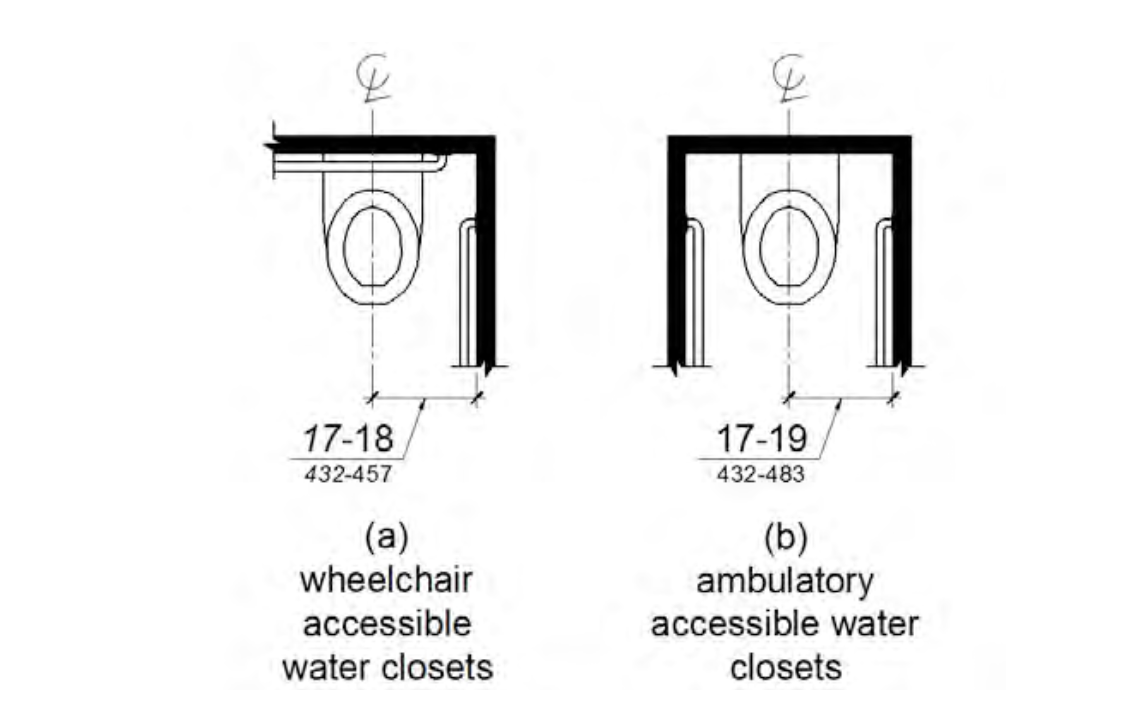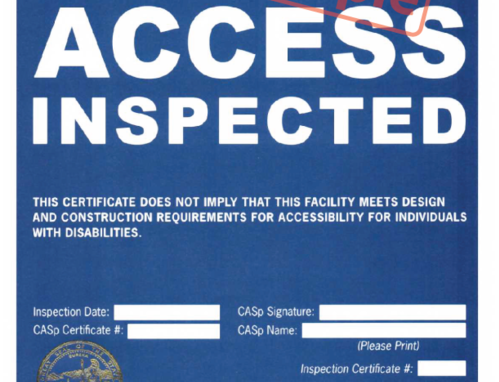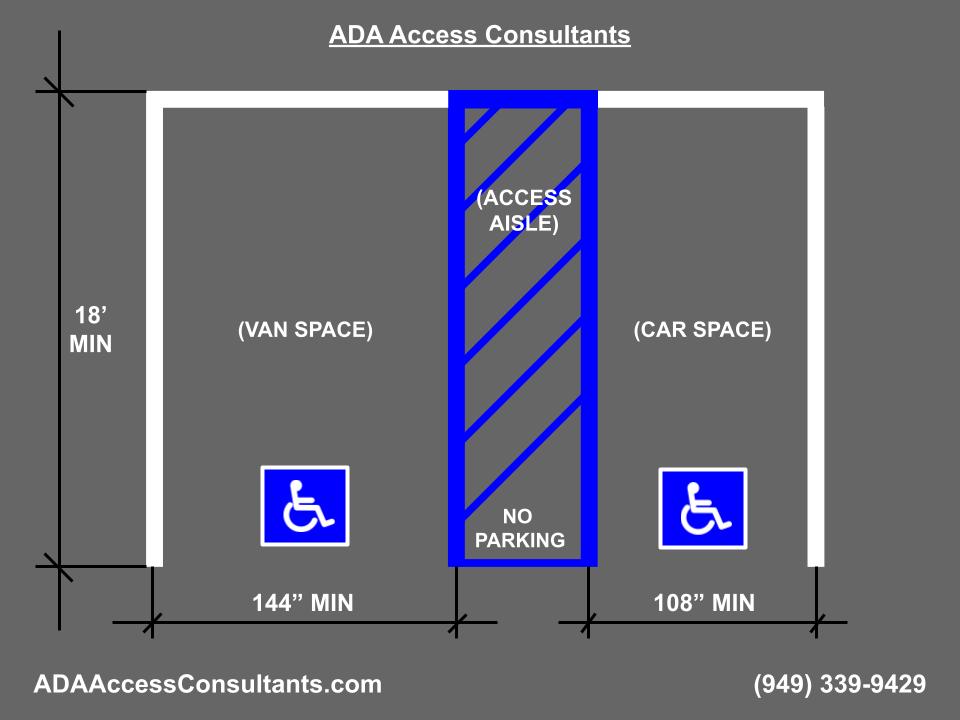ADA Kitchen Requirements ADA kitchens and Kitchenettes (804 ADA) Understanding ADA kitchen requirements is important in providing an accessible kitchen… <a class="continue" …
ADA COMPLIANCE: HISTORIC BUILDINGS
Exemptions for ADA Compliance in Historic Buildings
The ADA offers an exemption for qualified historic properties listed on the National Register of Historic Places or designated as historic by state or local laws. This exemption allows these buildings to meet alternative minimum standards if full compliance would jeopardize their historical significance.
Seeking Approval for ADA Exemptions
However, determining whether full compliance would threaten a building’s historical value isn’t straightforward. It requires approval from the State Historic Preservation Officer or Advisory Council on Historic Preservation. These groups evaluate whether adhering to regular ADA codes would indeed compromise a building’s historic value. To prevent an ADA lawsuit on your historical property, reach out today.

State and Local Requirements for ADA Historic Buildings
Additionally, navigating state and local accessibility requirements for historical buildings can be complex. Laws and regulations vary. Consulting with a Certified Access Specialist (CASp) is essential. Our experienced CASp consultants are available to assist property owners in compliance and accessibility laws while preserving historical sites.
In short, while historical buildings may have exemptions under the ADA, ensuring accessibility remains a priority. By carefully balancing preservation efforts with accessibility requirements, we can ensure that these treasured landmarks remain open and welcoming to everyone.
CASP INSPECTION OR ADA Consultation:
No Historic Buildings are Exempt from the ADA
Historic properties are not exempt from ADA accessibility requirements, they may be eligible to adhere to alternative guidelines to fulfill their accessibility obligations.
ADA Accessibility Guidelines state historic properties must, at a minimum, satisfy the listed accessibility standards. These standards deviate from the general ADA requirements, which demand a higher level of access.
- One minimum accessible pathway from a site’s entry (such as a parking lot), to an accessible entrance.
- A minimum of one accessible public entrance. In cases where no public entry can be made accessible, an unlocked, non-public entrance may suffice, supplemented with directional signage.
- If restrooms are provided, at least one ADA accessible bathroom must be situated along the accessible route. A unisex privacy restroom can fulfill this requirement.
- Accessible pathways must be available to all public areas at the same accessible entry level. While access to all building levels isn’t mandatory, it should always be provided where possible.
- Displays and written materials must be visible to individuals seated, including displays positioned at a maximum height of 44 inches.
These guidelines help promote equal accessibility to all patrons of hsitirucal buildings. If you have a historical building and need help with ADA compliance feel free to reach out to an ADA inspector today.
Blog:
ADA Bathroom Requirements allow for an accessible property to all. CASp inspectors at ADA Access Consultants help you get ADA compliant. Protect your self legally... Continue Reading ADA Bathroom Requirements
A CASp inspection is the inspection & reporting on a subject premise. This helps businesses work towards an accessible property. Continue Reading CASp Inspection
ADA compliance responsibility usually falls on both the owner and tenant legally. Often times lease agreements stipulate tenants pay for necessary improvements. Continue Reading ADA Compliance Responsibility
ADA parking is an important part of any accessible route. To be accessible, parking stalls require specific width, length, and slope. Continue Reading ADA Parking Guide
ADA sink height and width is an important metric when considering ADA access. Sink height is required to be 34 inches above finished floor. Continue Reading ADA Bathroom Sink Guide
Handicap Toilet Height If you’re curious about handicap toilet heights, we can help. The Americans with Disabilities Act (ADA) tells… <a class="continue" …
Hiring a CASp has many benefits. This includes ADA legal compliance, saved money, and a seamless construction process. In addition to this, there is a great social benefit to being ADA accessible. Continue Reading Benefits of Hiring a CASp – ADA Access Consultants





